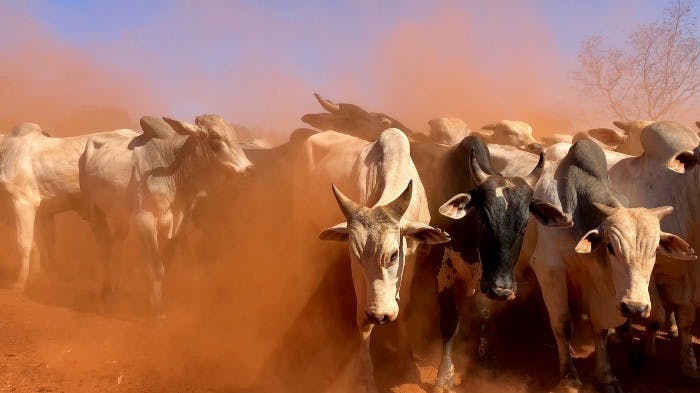Omissions regarding livestock emissions
In a recent conversation, I referred to enteric methane emissions as an existential threat to the livestock industry.
I was challenged by someone else on the call, implying that I was being alarmist, and on consideration, I decided to moderate my position by generally asserting that it was a serious challenge to the livestock industry and that more needed to be done.
More recently though, I am less sure that it is actually an alarmist position; I worry that we're not acting fast enough or taking the matter as seriously as we should.
We assume that people actually know where food comes from.
I know where food comes from. I have participated directly in steps along the way. I've never held a boning knife, but I am not confused about what it takes to put food on my plate - any kind of food.
There is danger in assuming that most people understand what it takes. I wish it were the case that everyone got to experience life on the land and got to connect directly with their dinner. But this isn't the case, and complacency based on the belief that there aren't other viable choices is a high-risk strategy.
Reducing enteric methane emissions in livestock systems will be very hard, but we shouldn't assume we have plenty of time to do it.
Momentum shifts and tipping points are hard to pick and punitive to miss.
I am not calling it. I am full of passion for sustainable livestock systems and look forward to investing in and supporting innovators in the sector.
I do wonder about how close we are to the edge. How good do alternatives need to be before many people will switch, or at least won't exercise a lot of discretion? If methane continues to be treated as an individual and particularly dangerous greenhouse gas (GHG) then what additional pressure will come to bear on our livestock systems?
We have seen recent examples of significant shifts in policy sentiment relating to methane, and Australia is particularly vulnerable to large momentum shifts in this regard.
Pathway creation is vital. There is a lot being done, but we can't move too fast in creating scalable pathways for livestock systems to lower enteric methane emissions.
CO2 equivalents may not be. Assuming we can look at CO2 equivalents as a net-zero position for on-farm or industry level emissions may not be enough - sell offsets at your (possible) peril.
Data and more of it. Emotive arguments are hard to win, we have to be quantitative and specific about progress (and not just based on reducing herd numbers).
Livestock systems will be vital to sustainable agriculture, but we won't retain a position in the global food system without paying attention to how big a threat is posed by enteric methane emissions.
